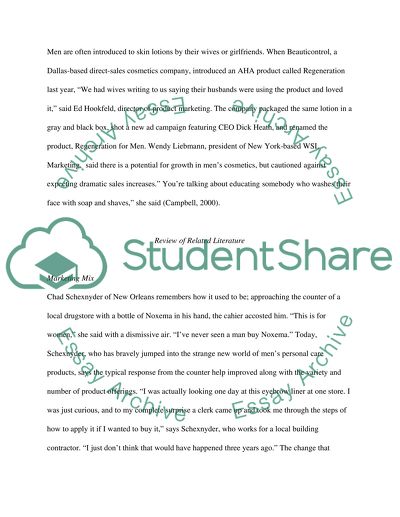Cite this document
(“Male and female consumer buying behaviours Essay”, n.d.)
Retrieved from https://studentshare.org/family-consumer-science/1536053-to-find-out-how-brand-and-other-variables-in-the-male-beauty-industry-affect-consumer-buying-behaviour-comparing-this-to-the-females-industry-to-identify-if-a
Retrieved from https://studentshare.org/family-consumer-science/1536053-to-find-out-how-brand-and-other-variables-in-the-male-beauty-industry-affect-consumer-buying-behaviour-comparing-this-to-the-females-industry-to-identify-if-a
(Male and Female Consumer Buying Behaviours Essay)
https://studentshare.org/family-consumer-science/1536053-to-find-out-how-brand-and-other-variables-in-the-male-beauty-industry-affect-consumer-buying-behaviour-comparing-this-to-the-females-industry-to-identify-if-a.
https://studentshare.org/family-consumer-science/1536053-to-find-out-how-brand-and-other-variables-in-the-male-beauty-industry-affect-consumer-buying-behaviour-comparing-this-to-the-females-industry-to-identify-if-a.
“Male and Female Consumer Buying Behaviours Essay”, n.d. https://studentshare.org/family-consumer-science/1536053-to-find-out-how-brand-and-other-variables-in-the-male-beauty-industry-affect-consumer-buying-behaviour-comparing-this-to-the-females-industry-to-identify-if-a.


